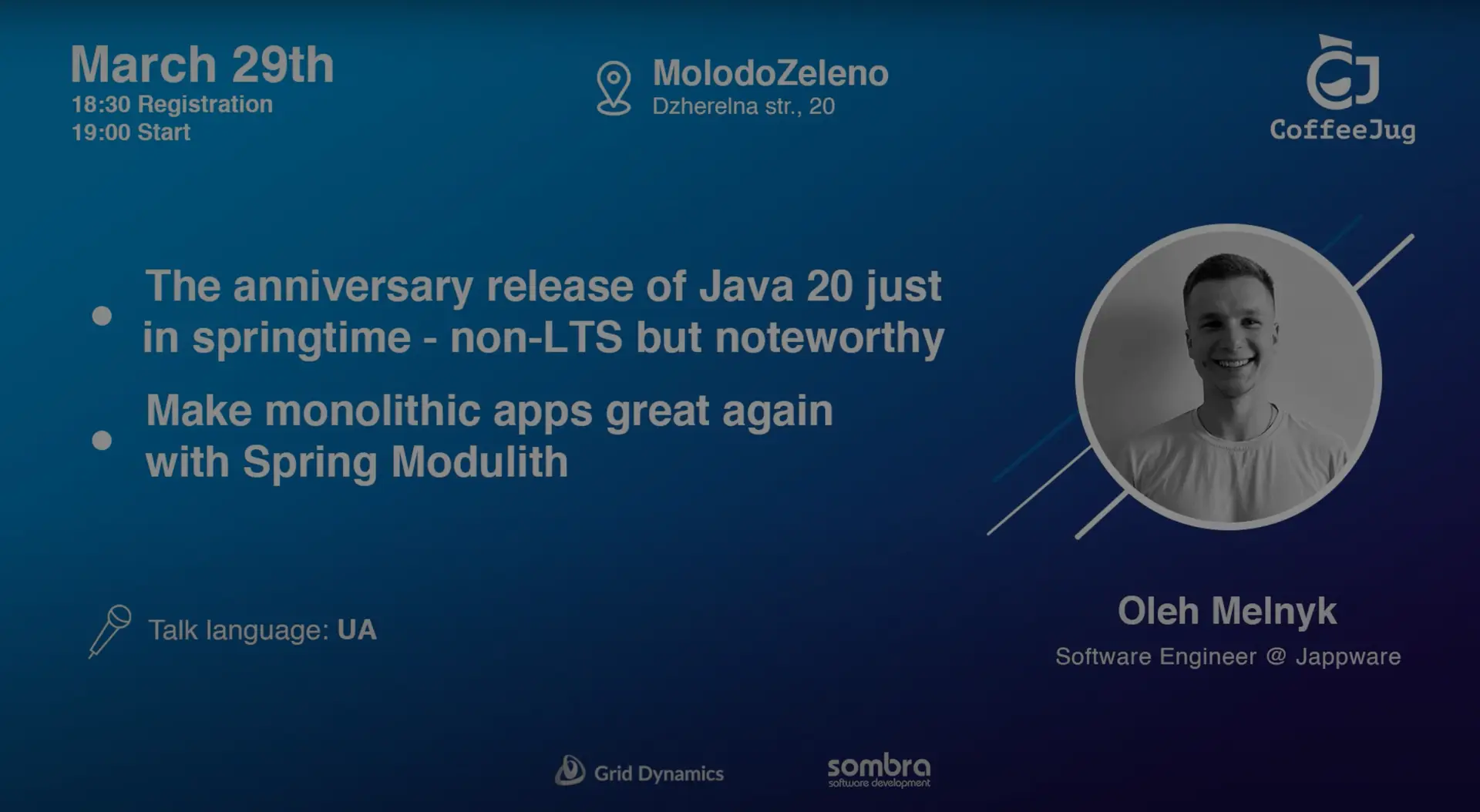In the dynamic landscape of Java, each version marks a milestone in the language's evolution. Our spotlight now falls on Java 20, an anniversary release that isn't an LTS version but still holds considerable significance. In this segment, we'll explore Java 20's place in the release cycle, delve into its key projects, and uncover the exciting developments that set it apart.
Java's release cycle encompasses a variety of projects, each covering specific groups of related features. Within this release, we'll differentiate between 'preview features' and 'incubator features,' shedding light on their roles in Java's advancement. Despite a modest list of Java Enhancement Proposals (JEPs), Java 20 boasts progress in noteworthy projects such as Amber (language and syntax improvements), Loom (virtual threads), and Panama (interaction with native memory, Vector API).
We'll delve into the nuances of Pattern Matching and its integration with records and switch expressions. A substantial portion of this release focuses on enhancing concurrent development. We'll spotlight the remarkable advancements in this realm, including lightweight and rapid 'virtual threads' that can number in the millions. We'll also explore the ScopedValue API, a ThreadLocal alternative, and the StructuredConcurrency API, which provides a way to escape the callback hell of asynchronous programming by adopting a more structured, imperative style. Java 20 also edges closer to optimal vector computations, making it a robust choice for such tasks.
Looking ahead, we can anticipate a continued focus on concurrency refinement, language evolution for improved expressiveness, and advancements in performance and memory management.

